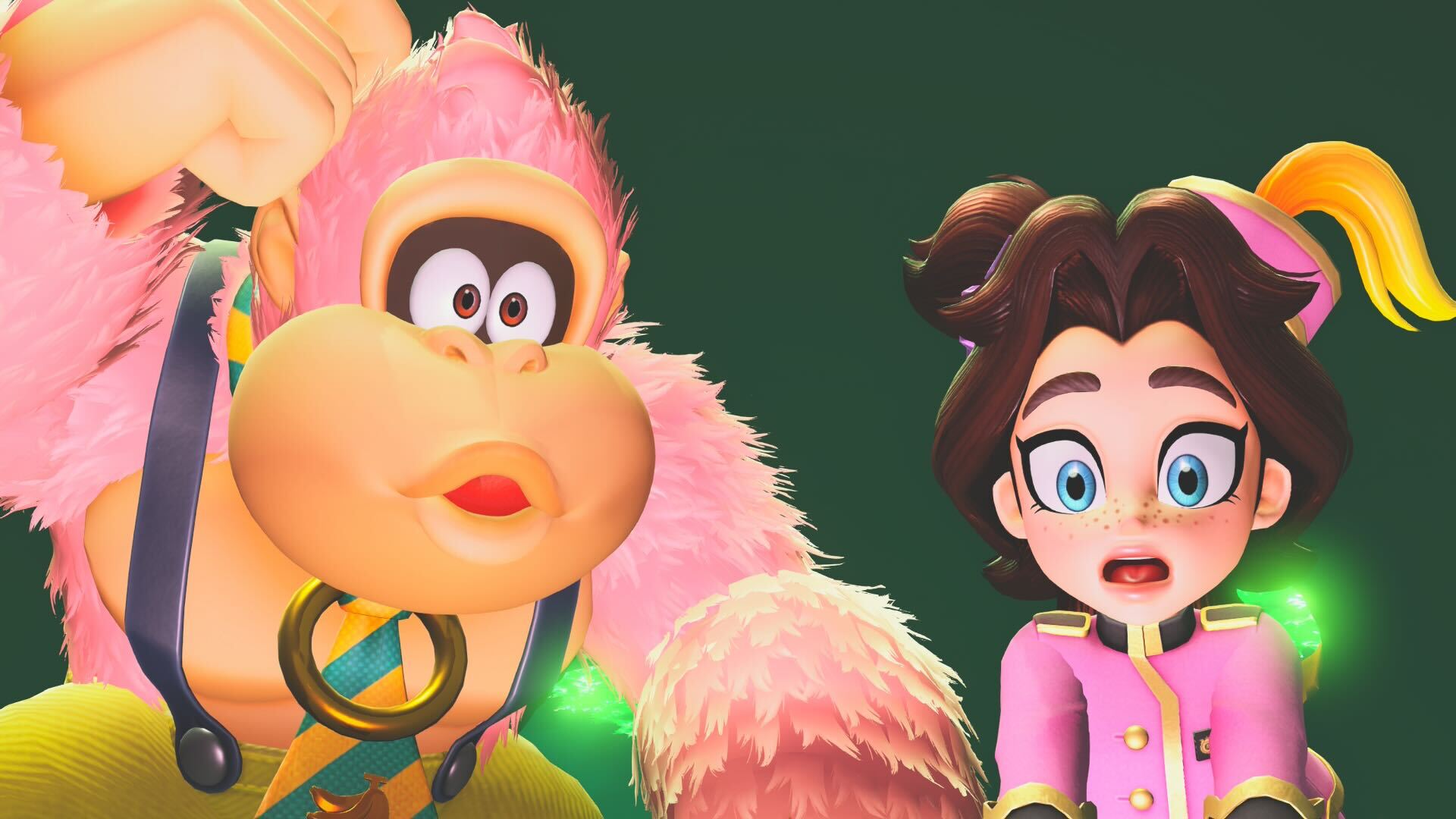The A-Z of PS Vita: 26 words you should learn before buying or playing Sony's handheld
From “asynchronous multiplayer” to “z-axis”… and every “3G” and “OLED” in between
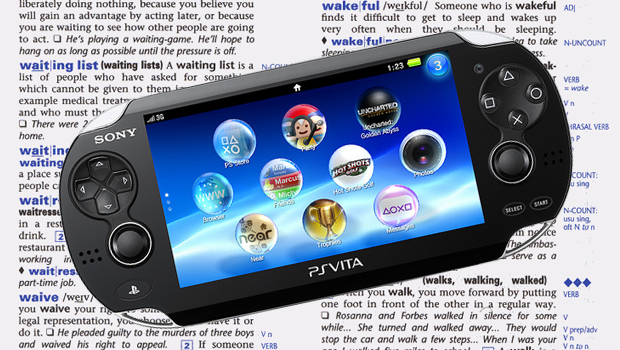
The A-Z of PS Vita
From asynchronous multiplayer to z-axis and every 3G and OLED in between. This is the strange, specific terminology of the PlayStation Vita. Until you understand these words and definitions, you dont understand the true power, personality and potential of Sonys new handheld gaming system.
Brush up your gaming dictionary now.
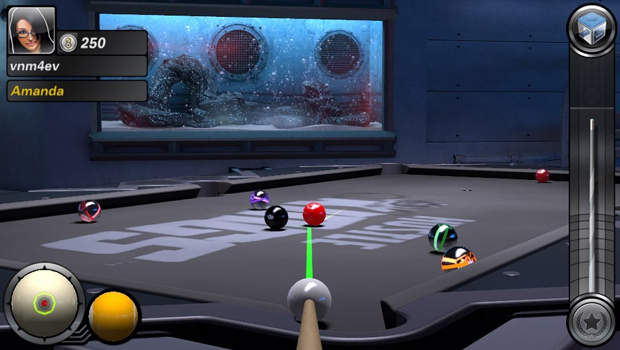
A is for Asynchronous multiplayer
Ever played a board game, like chess, with someone on a totally different schedule than you? He takes a turn and then, possibly hours or even days later, you take a turn. Known as asynchronous multiplayer, this accommodating feature is available for many PS Vita games, like Hustle Kings (a pool game can progress as slowly as you want) and Ruin (fight through your friends dungeon one night, then see how he fared in yours the next).
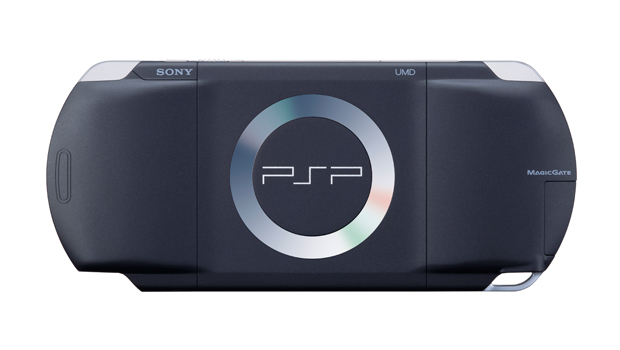
B is for Backwards compatibility
While the PS Vita does not use the same game storage format as Sonys previous handheld, the PSP, you can download PSP games through the PlayStation Store and play them on the Vita that way. So does it offer true backwards compatibility? Can you simply plug in your old games? No. But the PSP library is still readily available at least, and if you happened to purchase any games through the Store previous to Vitas launch, you should be able to re-download for free.
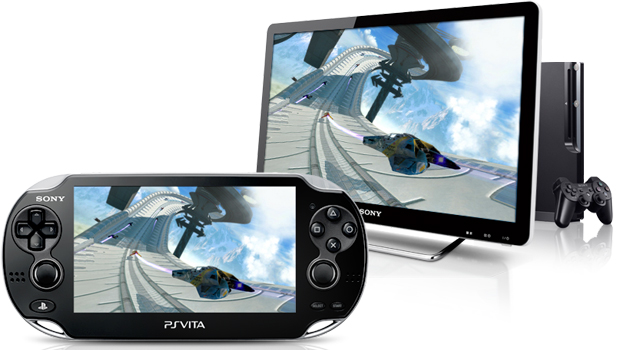
C is for Cross play
When the PS Vita was first announced, rumors swirled that it was just as powerful as a PS3. Not true more on that later but the two systems do share a very close connection if youre playing the right game. With Sonys cross play feature, you can pause on the PS3 and then pick up where you left off on the PS Vita. Or use the PS Vita as a controller for a game displayed by the PS3. Or compete in multiplayer with one person on the Vita and one person on the PS3. While you do have to own copies of the game on both systems for all of these neat tricks to work, theres no denying theyre neat.
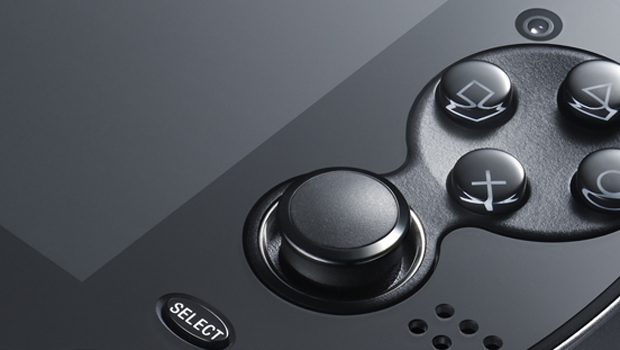
D is for Dual analog sticks
One of gamers loudest complaints about the original PSP was its lack of dual analog sticks. While Nintendo DS games were clearly different experiences than those offered by the Wii or GameCube, the initial appeal of PSP games was that they were supposed to look (almost) as good as their big-brother counterparts on PS2. With only a single analog stick, however, they never felt as good. That flaw has finally been corrected with the PS Vitas controls.
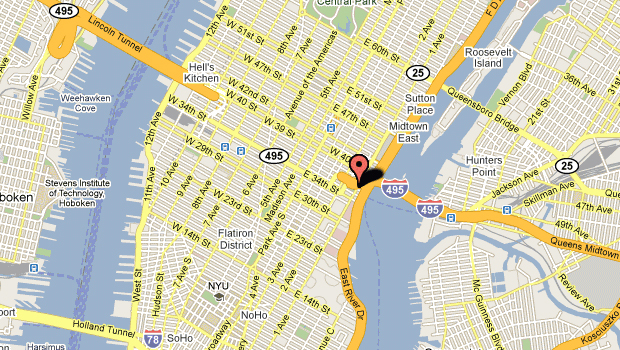
E is for Electronic compass
You probably could have guessed the PS Vita had the same Sixaxis directional technology as a PS3 controller or the same gyroscope motion-sensitive technology as your average smartphone (and 3DS, for that matter). Whats surprising, though, is that it also comes equipped with an electronic compass that recognizes true, magnetic north. This has intriguing implications for GPS and augmented reality in games.
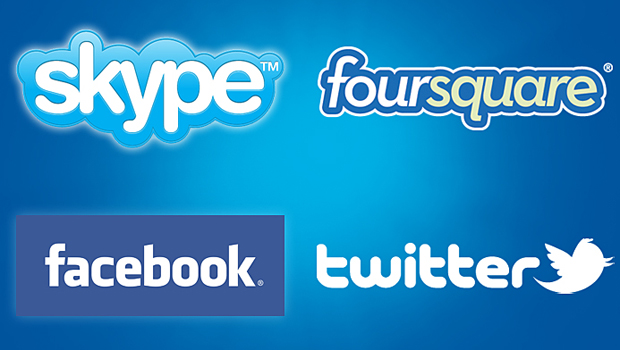
F is for Facebook, Foursquare and Flickr
Also, Twitter. Gaming systems arent just for games anymore theyre designed as all-in-one entertainment hubs, so much like the 360 and PS3 before it, the PS Vita arrives with custom apps for all your social media needs. Programs like Netflix and Skype are also available. Can Hulu Plus or Pinterest be far behind?
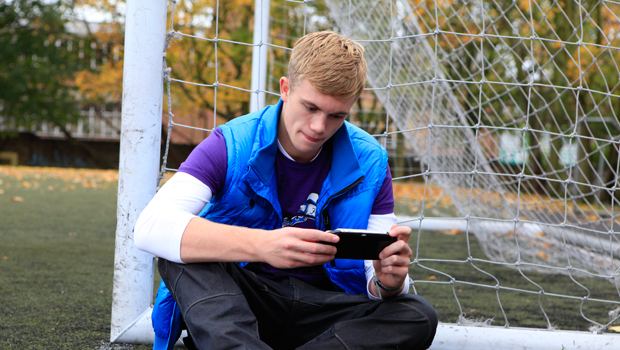
G is for 3G vs Wi-Fi
While we may have fudged the lettering on this one a little, the distinction is important. Before you buy a PS Vita, you need to decide: is the 3G version a must, or will the Wi-Fi version suffice? The former is $50 more, plus an extra monthly fee for 3G service, but you can then play online multiplayer or surf the internet anywhere you go (wowee, even a soccer field, Sony marketing photo?!) Think about what type of gamer you really are if youre more likely to play the Vita on a couch as opposed to a bus, stick with Wi-Fi.
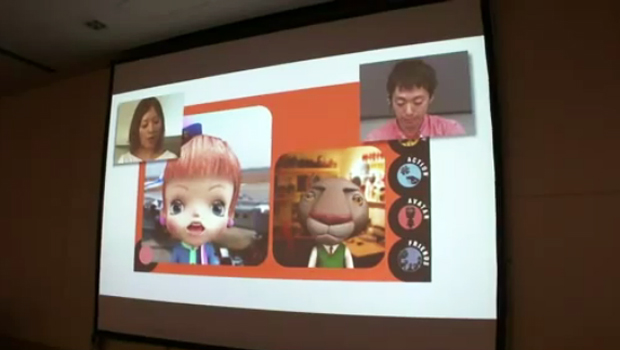
H is for Head tracking
Cool, creepy and potentially revolutionary. With special software and a front-facing camera, the PS Vita can not only recognize and track your head and facial movements, it can map them onto a virtual avatar. So far this has only been put to real use in Sony tech demos, but imagine the gaming and communication possibilities if developers are brave enough to experiment.

I is for Internet
We talked about multiplayer and social media. Its worth mentioning in a separate slide that the simple act of browsing the internet works remarkably well on the PS Vita, thanks to the screens size, clarity and touch capabilities. Imagine a giant smartphone and you get the idea.
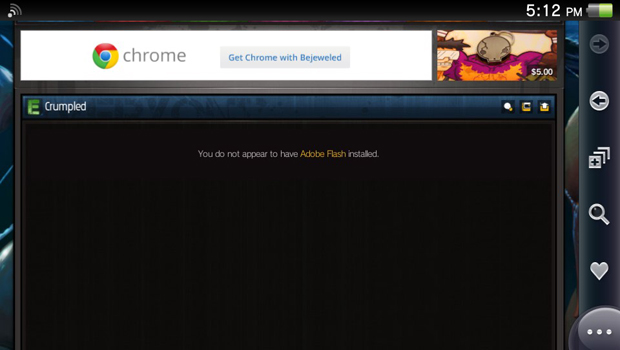
J is for Javascript
And HTML5. And cookies. The PS Vitas internet browser supports them. Adobe Flash? Not so much. Meaning that, just like on Apple's mobile products, not every video or plug-in you encounter while surfing the web will work.
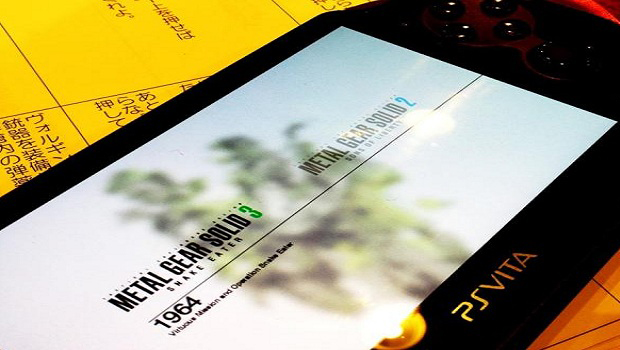
K is for Kojima
Hideo Kojima, famed creator of the Metal Gear Solid series, seems to love developing for the PS Vita, calling it cutting-edge technology and the best there is. More importantly, he and his team are taking advantage of that technology the Vita edition of Metal Gear Solid HD Collection will include additions like the ability to swipe your knife with a flick of the rear touch screen or zoom your sniper scope by squeezing your fingers on the front touch screen. The PS Vita will live or die depending on game developers willingness to innovate.
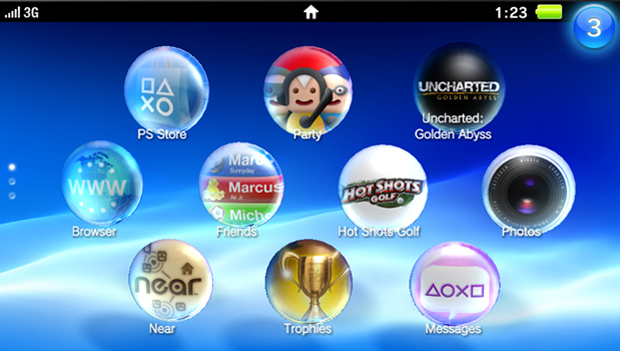
L is for LiveArea
Say goodbye to the XMB, or XrossMediaBar Sonys silly named, yet elegantly designed, visual interface on PS3 and PSP is gone. In place of the simple horizontal line hub? Floating orbs that, with a touch, lead you deeper into the systems software. It might take some getting used to for stubborn PlayStation fanboys, but its intuitive, so not that much.
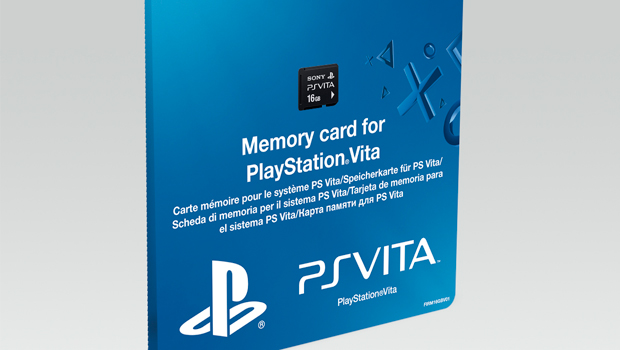
M is for Memory card
Youre gonna need one, and its gonna be expensive. The PS Vita isnt packaged with a memory card unless you opt for a bundle, but a memory card is required to save your progress in most games. Also, to download games from PlayStation Network. And to store your music, photos, apps, etc. Basically, youre screwed without the additional purchase, which runs as high as $120 for a mere 32GB. Factor in that price when considering when, or if, to buy a PS Vita. (Oh, one more complaint about Vita memory cards: theyre super small and super duper easy to lose.)
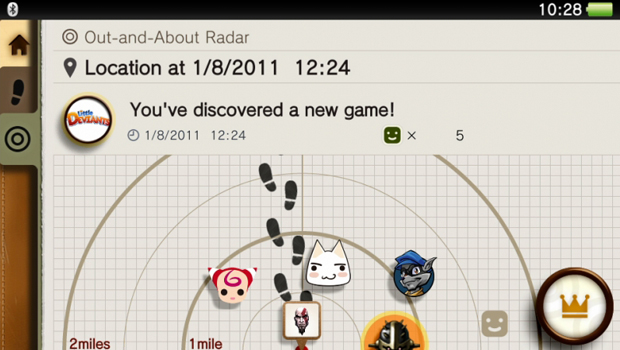
N is for Near
The friends lists on PS3 and 360 (and, to a lesser extent, 3DS) are awesome additions to the online gaming experience. PS Vita, however, takes them a step further. With a feature called Near, you can see which of your friends are not only online, but in actual, physical proximity to where youre playing at the moment. Alternatively, you can see who nearby friend or not is playing the same game as you.
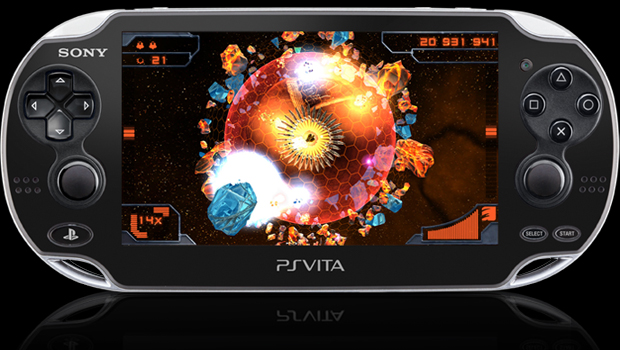
O is for OLED
Organic light-emitting diode. This type of display works without the backlight required by LCDs (liquid crystal displays), meaning devices that use OLED over LCD are lighter, thinner and with deeper blacks and higher contrasts prettier. Guess which one the PS Vita uses?
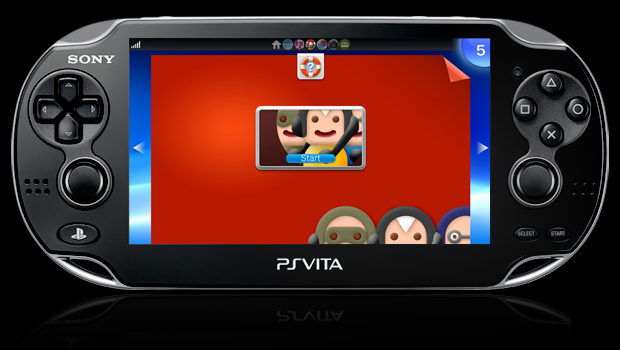
P is for Party
Similar to Xbox Live Parties on the 360 console, PS Vitas Party feature enables players to chat via voice or text with their friends, regardless of what each participant in the conversation is doing. Playing two totally different games? No problem. And with another, alarm clock-style feature called Wake-Up Club, you can send messages to friends who arent online as well or prank them with a 3:00 AM alarm, we suppose.
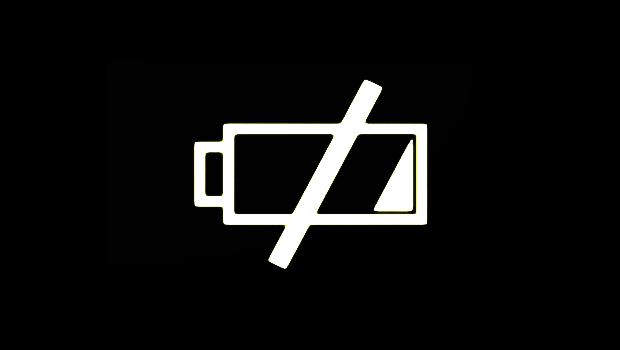
Q is for Quarter of a day
Which is about how long, on average, you can expect a fully charged PS Vita battery to last. Playing games will suck the system dry in 3-4 hours and watching video will do so in five hours, while listening to music can hold out a while longer at nine hours. In other words, you might get through two movies before the Vita dies, but getting through an eight-hour game like Uncharted: Golden Abyss is gonna require a couple breaks. The batterys internal, too, so you cant charge one while using another.
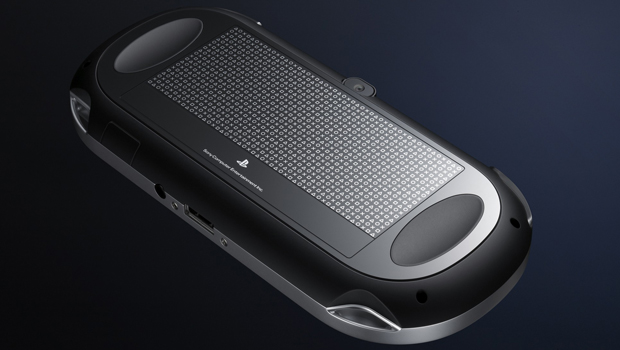
R is for Rear touch pad
Touch screens were astounding back in 2007, when the iPhone debuted. Now we take them for granted, even in games. If you can flick an Angry Bird across a smartphone screen, whats special about the PS Vitas touch sensitive technology? Easy theres one on the back, too. This could be a good or bad innovation, depending on your perspective. In a slower puzzle game like Escape Plan, we love pushing objects in and out of the background with the rear touch pad. In a faster minigame collection like Little Deviants, we hate how often our fingers brush the rear touch pad accidentally, leading to unexpected and unwanted inputs.

S is for Smoothing filter
We discussed the downside of playing PSP games on the PS Vita you need to buy them, or re-download them, on the PlayStation Store. You cant just plug in your old games and start playing. The upside, however? The PS Vita uses something known as a smoothing filter to decrease pixelation on the last-generation games and noticeably improve, or upscale, the graphics. So if youre not impressed by the initial launch lineup of games, may we recommend 15 PSP classics (that will now look better than ever) to tide you over?

T is for Trophies
Until 2006, the only reward for successfully playing through games was a feeling of fun and sense of accomplishment. Bo-ring. Thanks to Achievements on Xbox 360 and Trophies on PS3, we now expect points and popups whenever we finish a mission or pull off a tricky maneuver. For the first time, a Sony handheld will offer that extra level of satisfaction PS Vita rewards Trophies just like the PS3. In fact, if youre using both systems with the same PSN ID, all of your Trophies will combine on the same account, making your total amount look twice as nice.
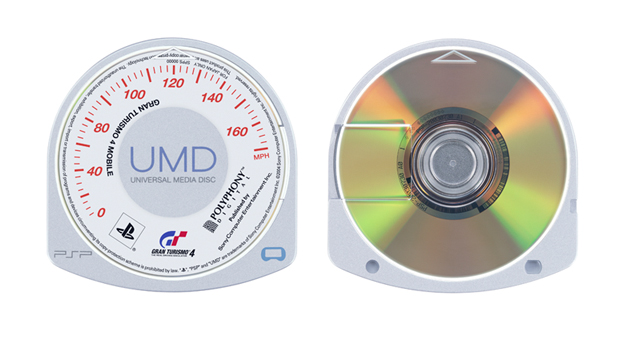
U is for Universal Media Discs
Also known as one of the most hated storage formats in video game history. For the PSP, Sony chose miniature optical discs (similar to CDs or DVDs, only tinier and encased in weird plastic coffins) over cartridges, the more familiar handheld format and what Nintendos used since the Game Boy. The UMDs held more data, allowing for better graphics, but the tradeoff was longer load times, noisier operation, easier to scratch games that are simultaneously harder to transport and, worst, an overall bigger, heavier system. Happily, the PS Vita corrects this error, returning games to the simpler cartridge method (technically, a Flash memory card). Youll still have to be careful, though these suckers are small enough to blow away in a light breeze.

V is for VGA cameras
Like the 3DS and newer iPhones / iPads, the Vita is equipped with two cameras. The first is on the front, to capture your image for inserting into games, or for video calling via an app like Skype, or for random photo booth type silliness. The second is on the back, enabling you to use the Vita more like a traditional camera, and encouraging developers to use augmented reality (i.e., blending your real world into their virtual game).
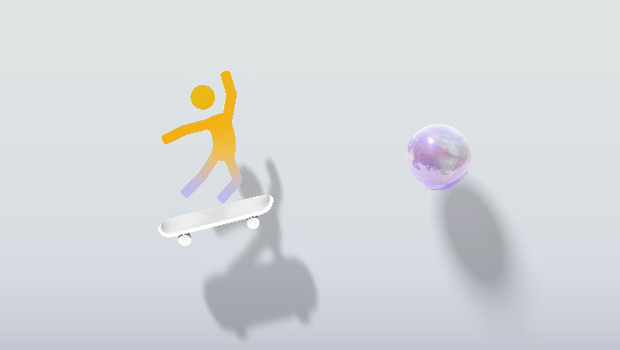
W is for Welcome Park
Were writing 26 paragraphs about the PS Vita in this article alone. Clearly, its a complex, and possibly confusing, machine. Thats why Welcome Park exists. A collection of tech-demo minigames that introduces new users to the Vitas touch, tilt, cameras and microphone, it presents itself as soon as you start the system for the first time. While theyre extremely casual and only fun for a few minutes, theyre helpful and hey, they also earn you Trophies.
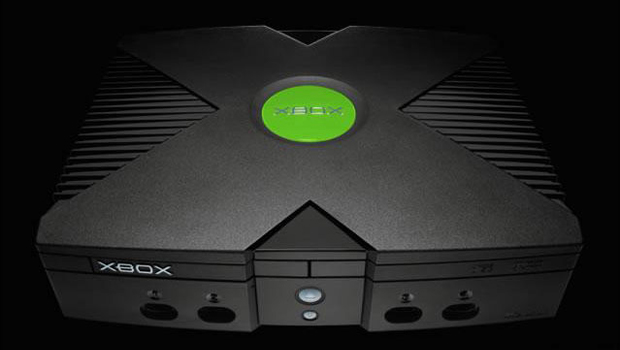
X is for Xbox
Contrary to overexcited speculation when it was originally announced, PS Vita is not as powerful as a PS3. It may look nearly as good thanks to the small and sexy screen, but as a Sony engineer clarified last year, That couldnt be true. The things would burst on fire in your hands or something. Based on pure hardware horsepower, the PS Vita is closer to an original Xbox. Disappointed? Remember, this is an Xbox you can fit inside your pocket.
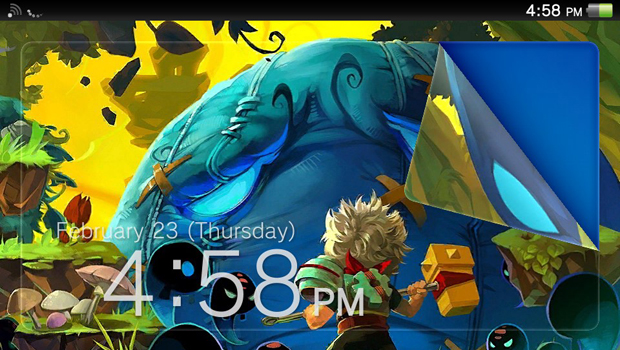
Y is for You
Sonys much more into customization than Nintendo, and thus, the PS Vita is much easier to personalize than the competing 3DS. Enter edit mode by holding your finger anywhere on the front screen, then switch the background wallpaper, rearrange icons, delete stuff or add pages.
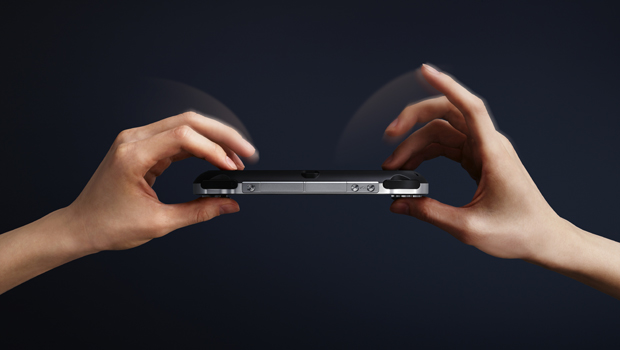
Z is for Z-axis
You passed high school geometry, right? The X-axis measures horizontal position, the Y-axis determines vertical, while the Z-axis well, thats when you break free of two dimensions and start operating in three. Its what defines gaming on the PS Vita, and handheld gaming in general these days; not just 3D games, but the ability for devices like the Vita to recognize and incorporate your three-dimensional movements through your three-dimensional reality.
Its exciting. Of course, the Wii and Kinect do this in their own ways as well, and the majority of their game libraries are the exact opposite of exciting. Lets hope (pray?) that Vita is different.
For now, read our PlayStation Vita buyers guide for more information, or our 3DS vs PS Vita comparison if youre still on the fence about which handheld to buy.

